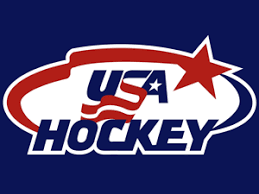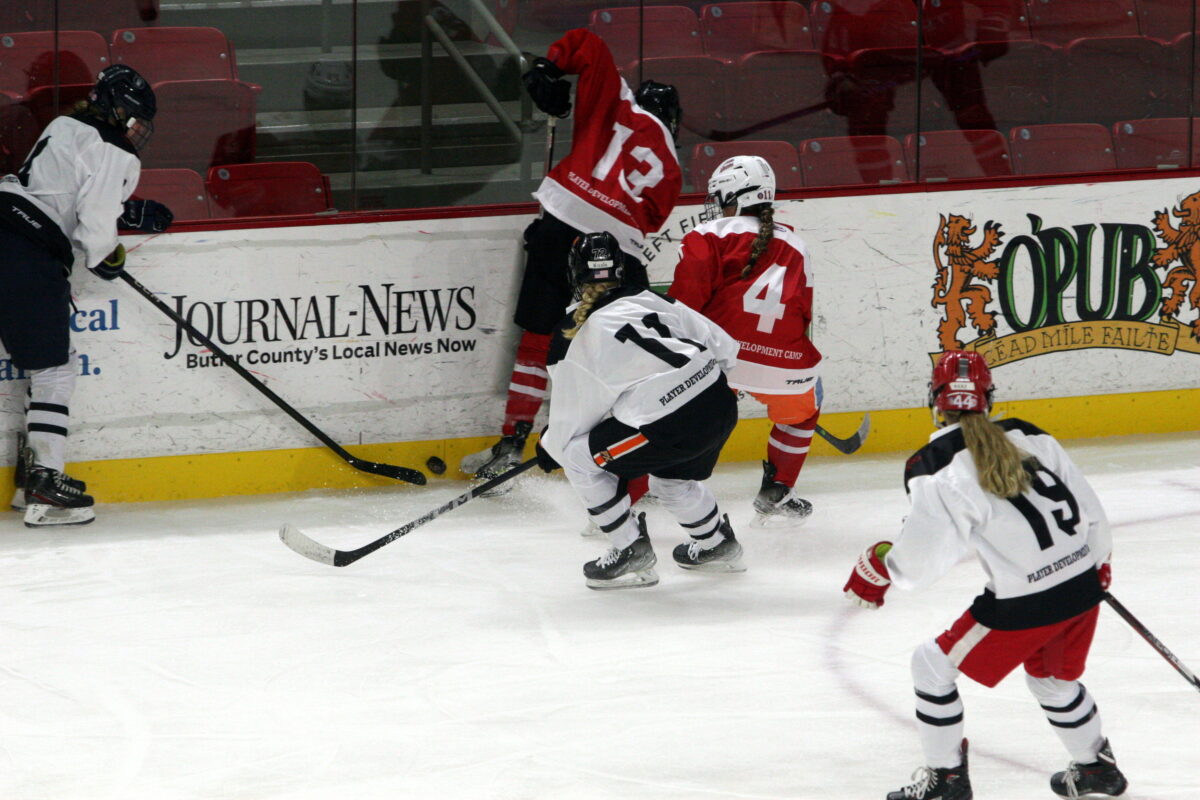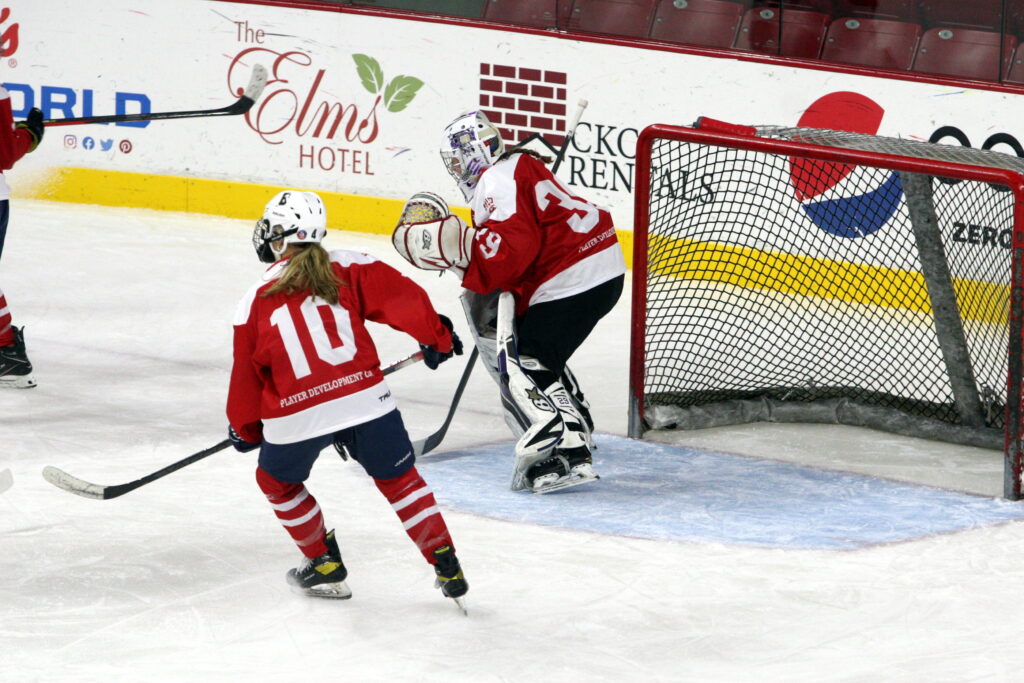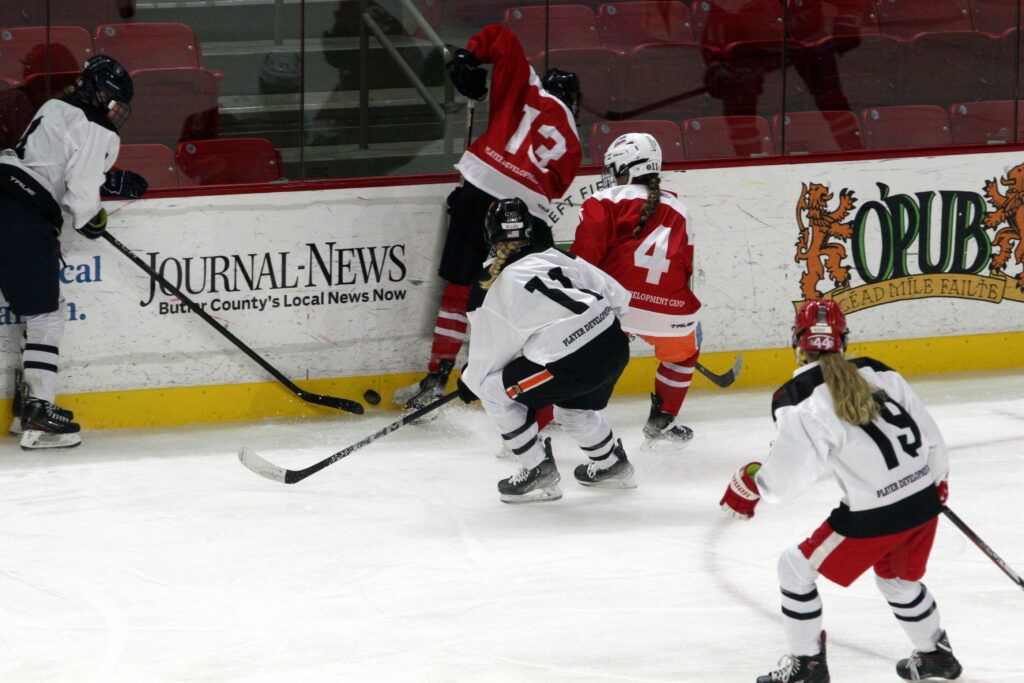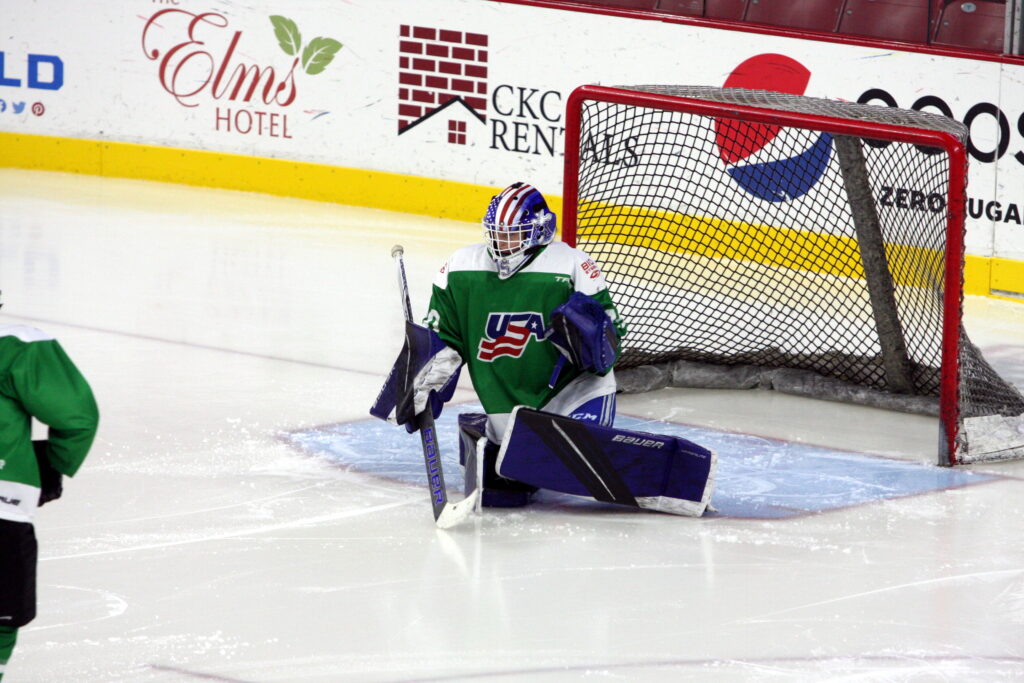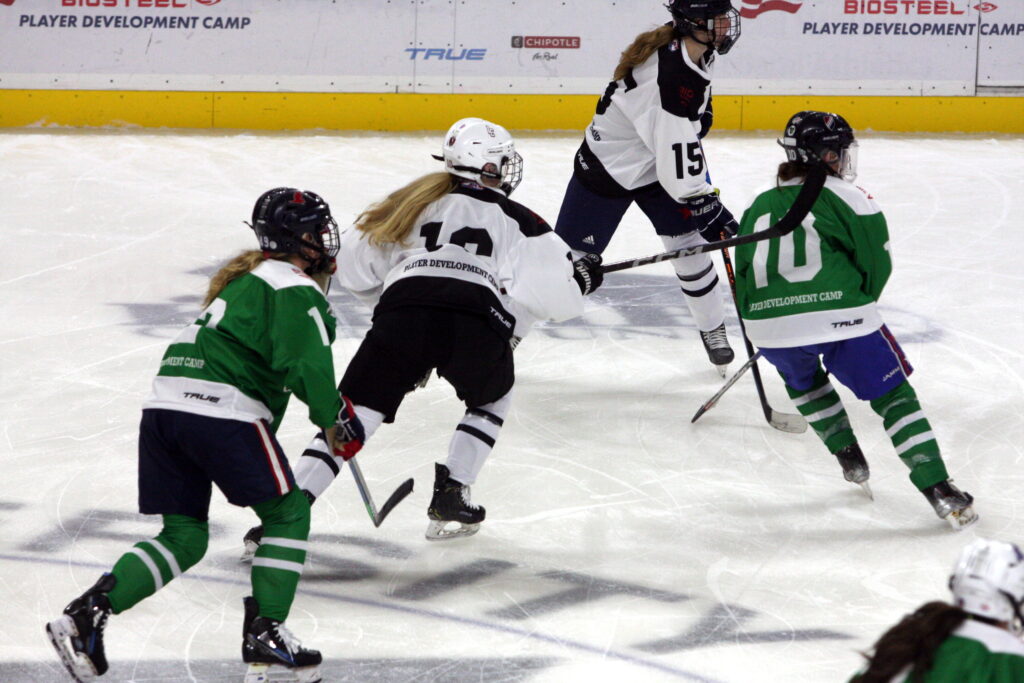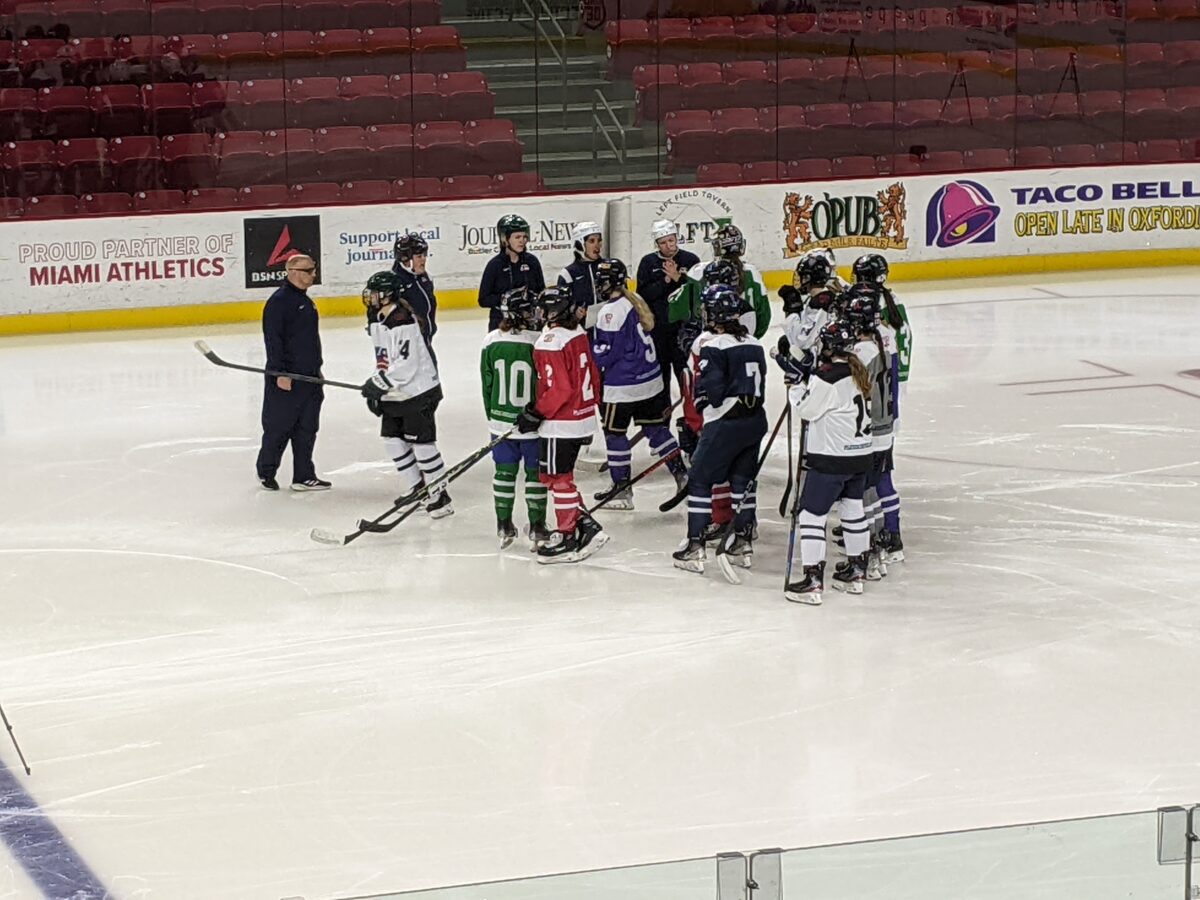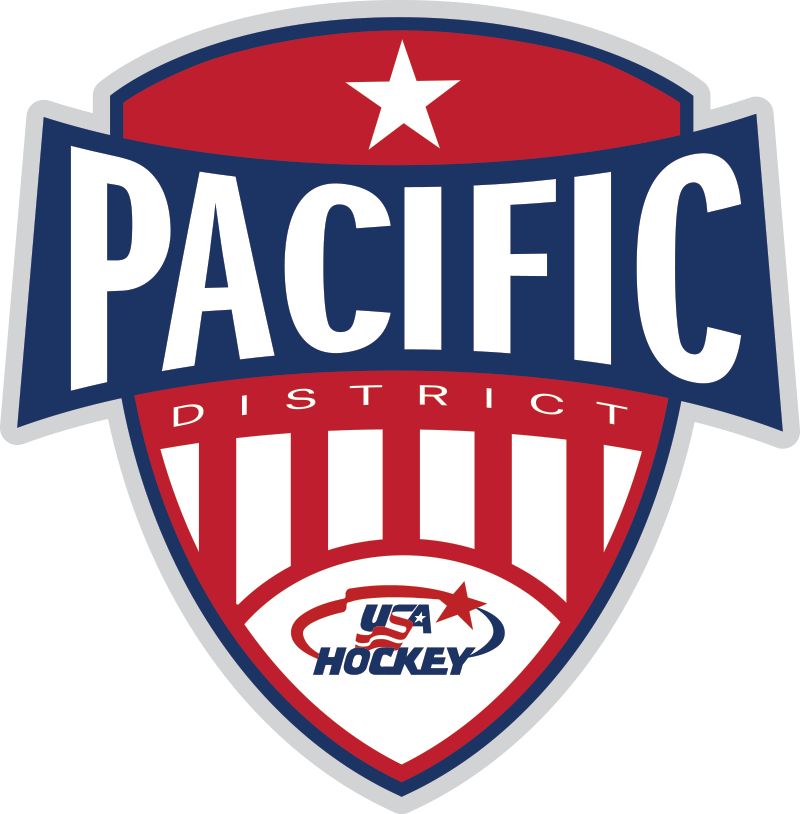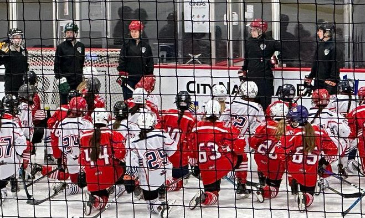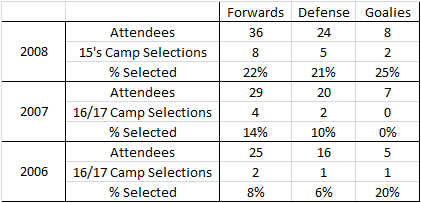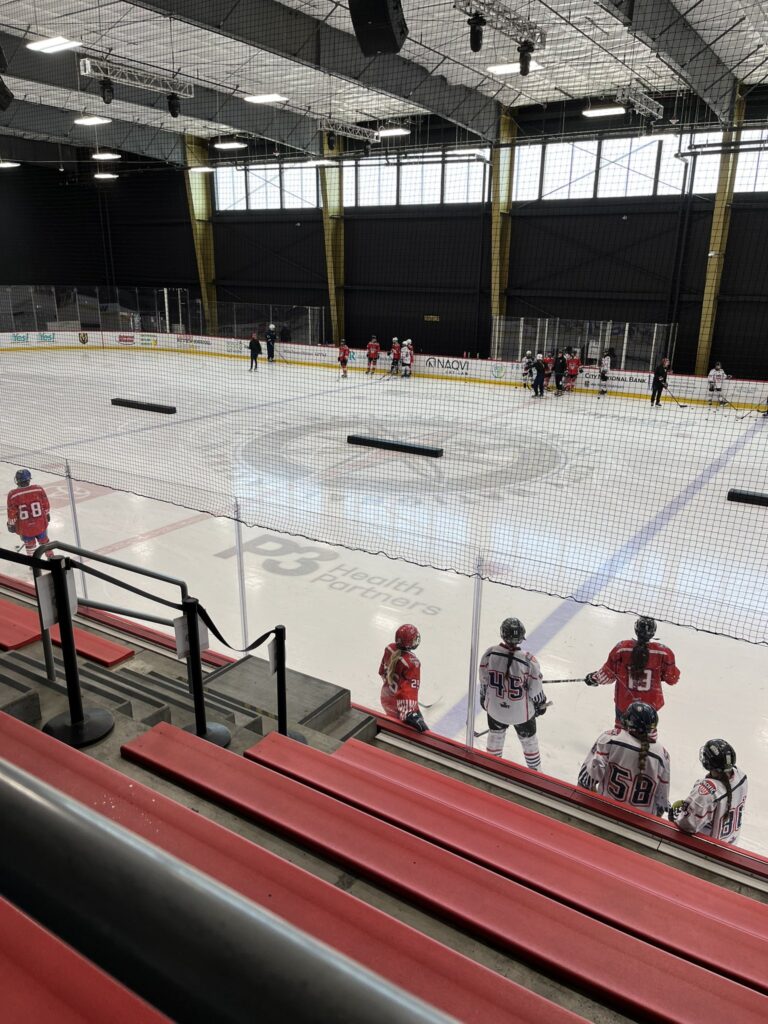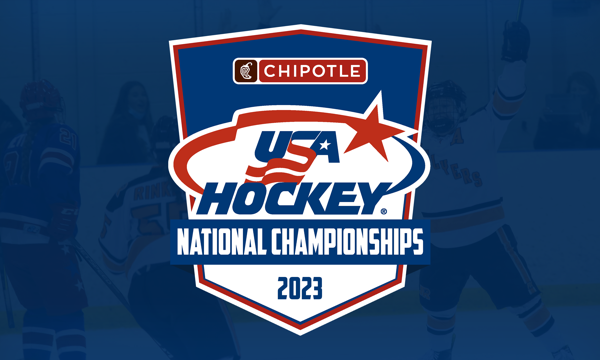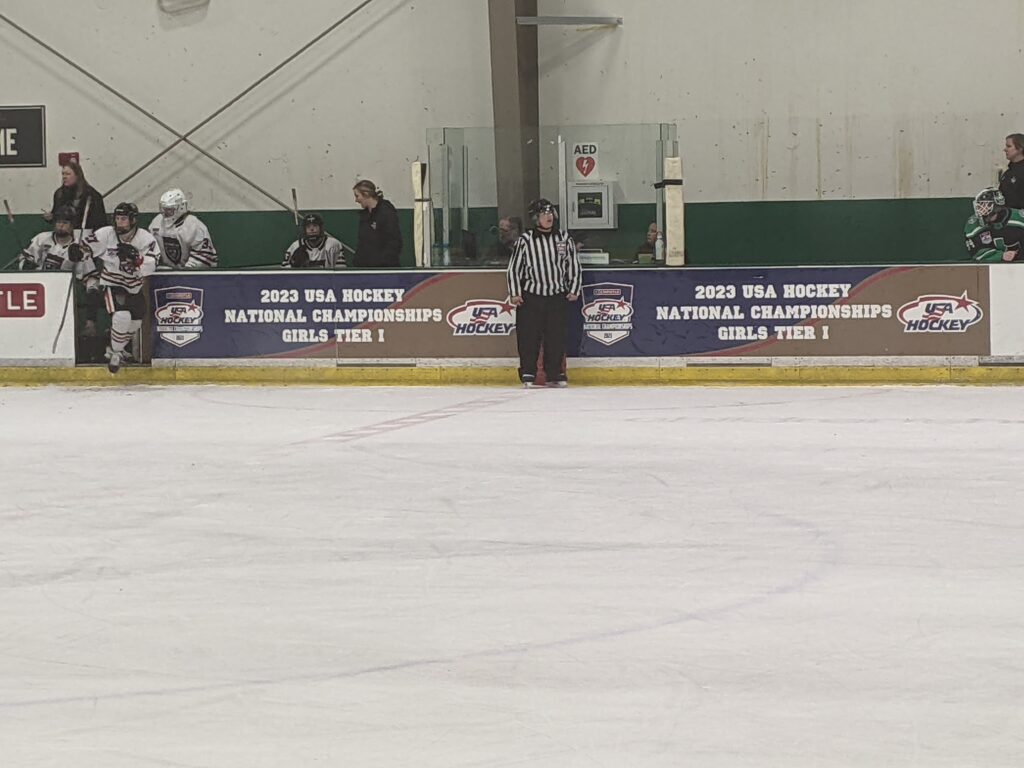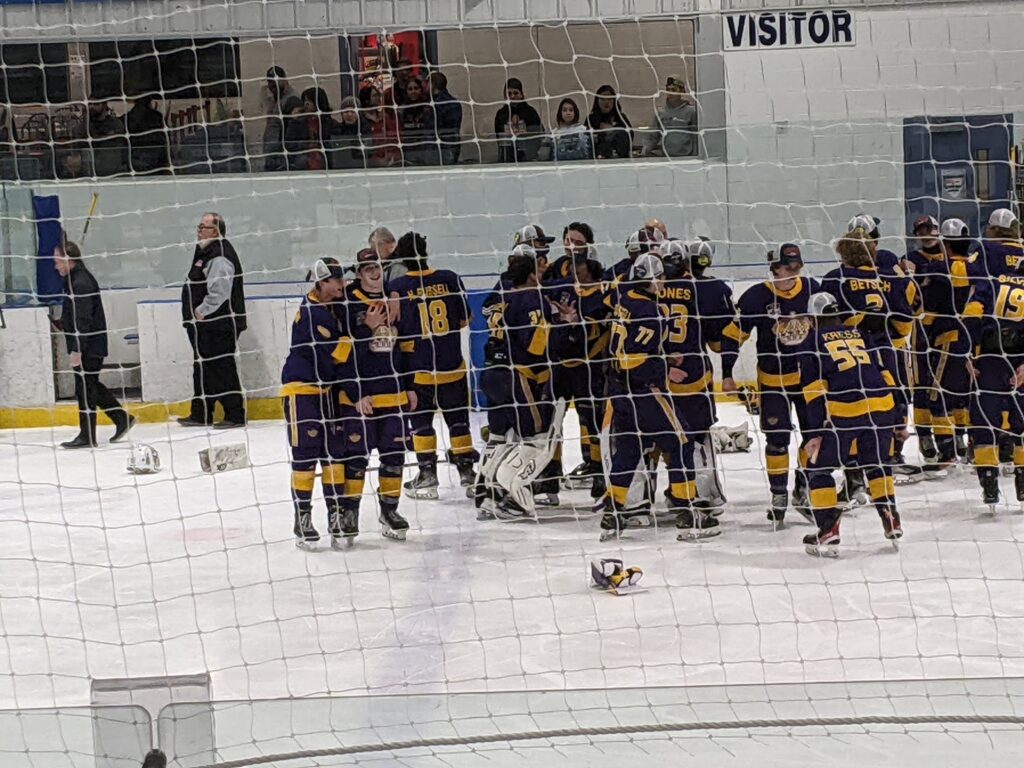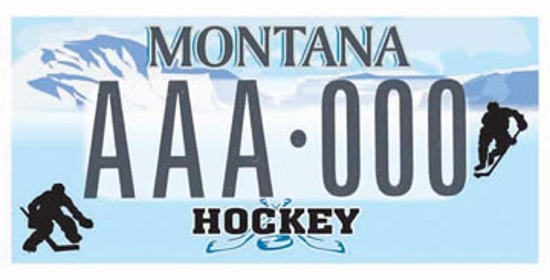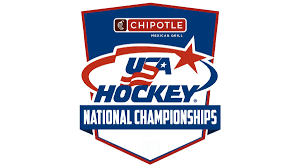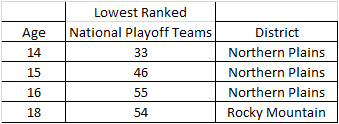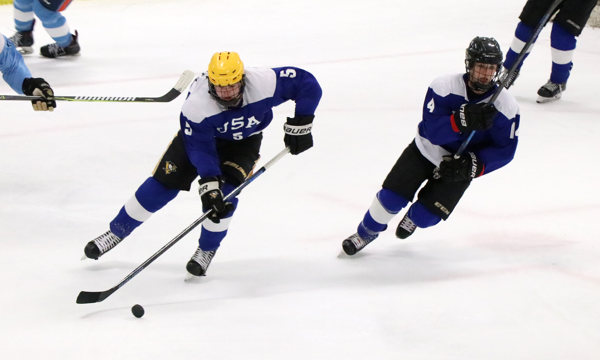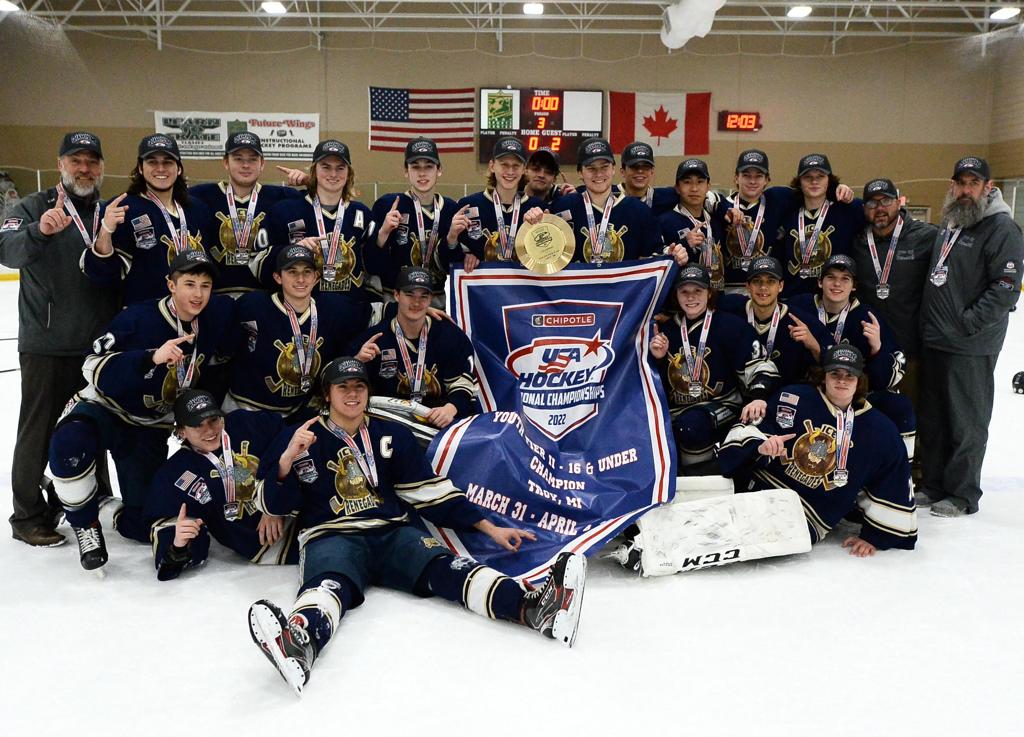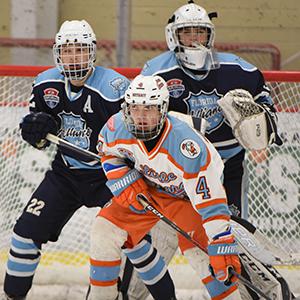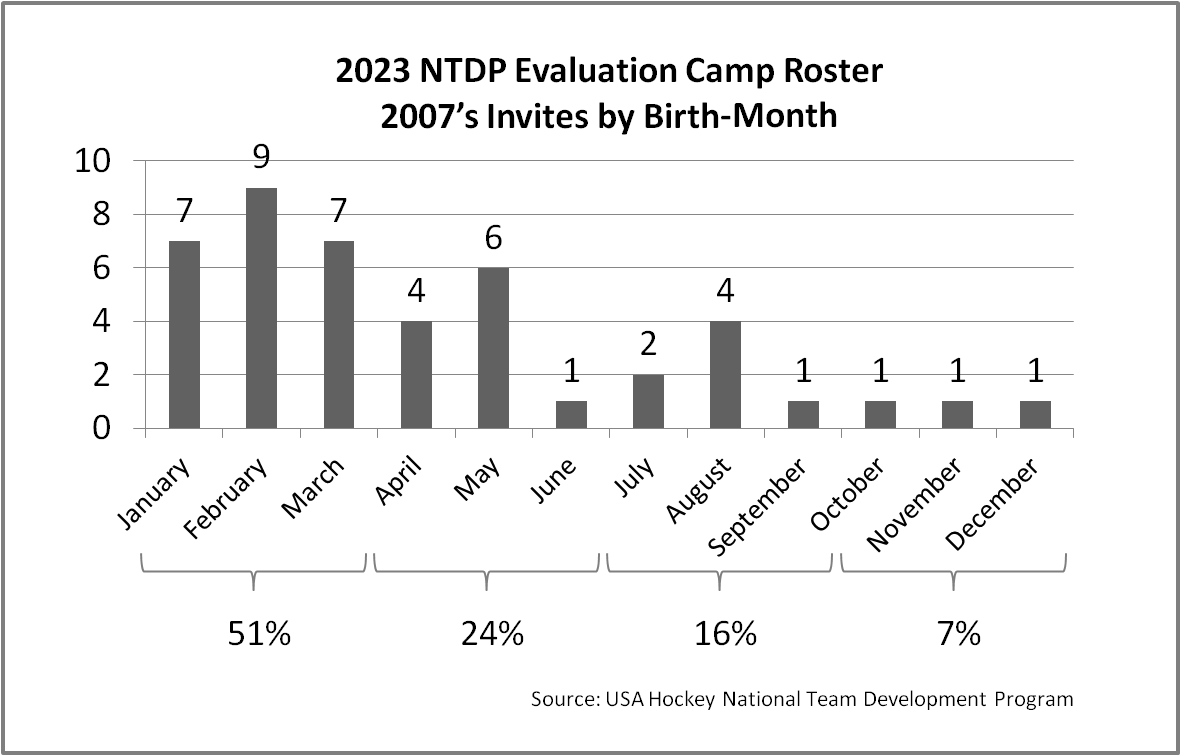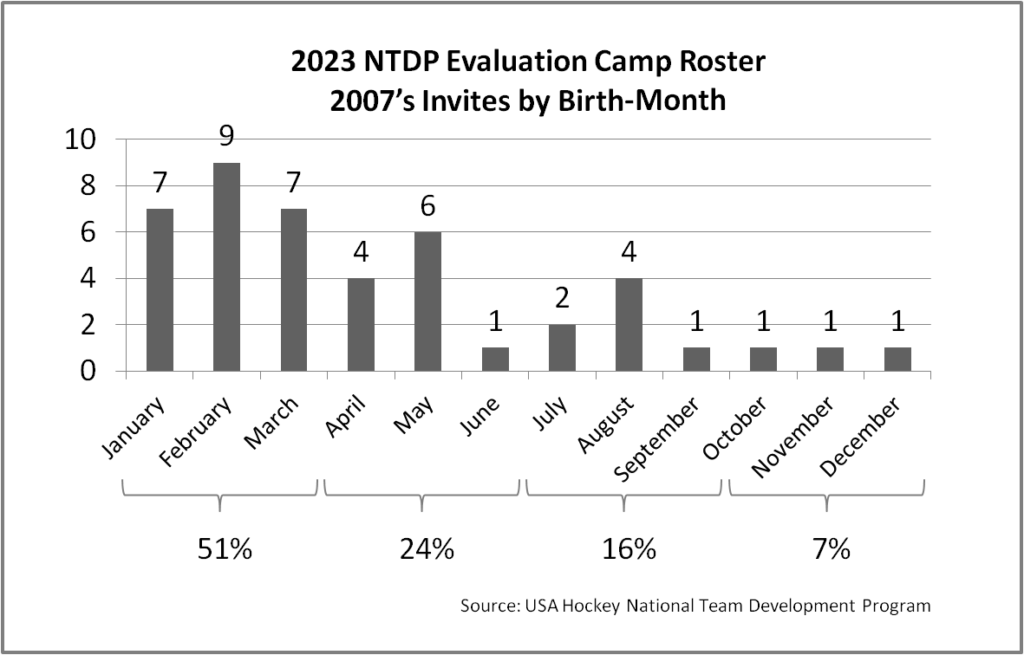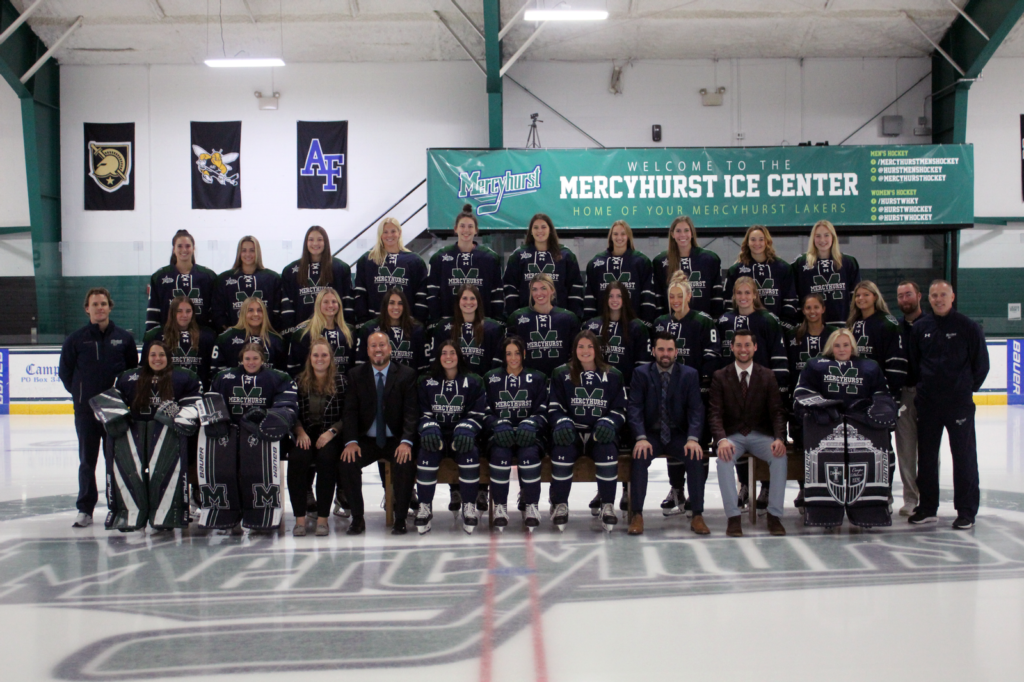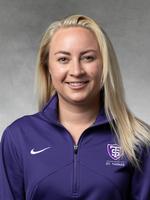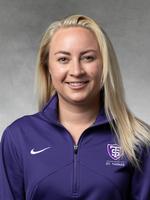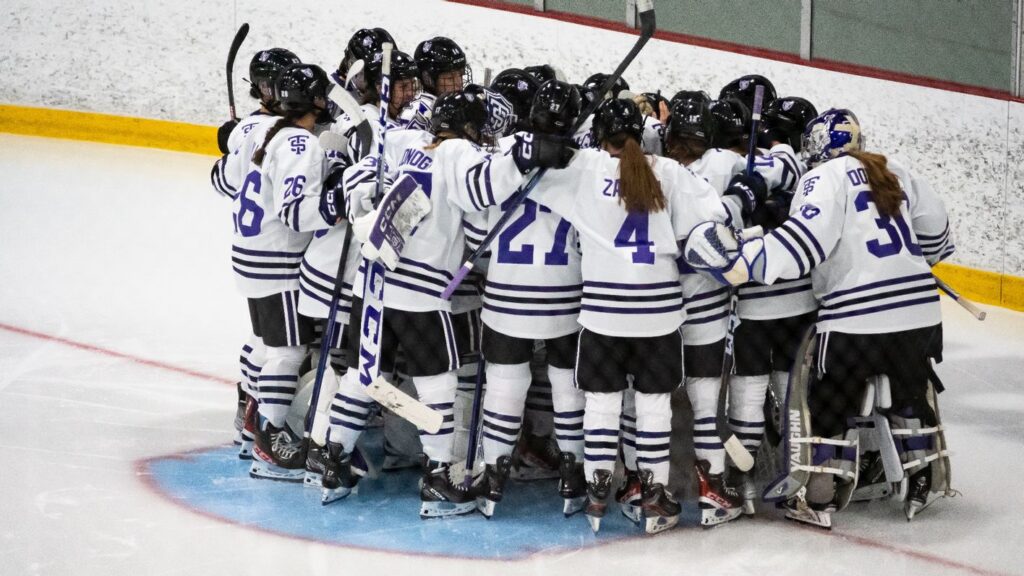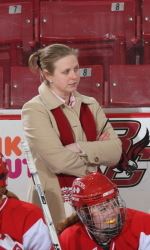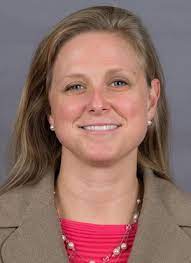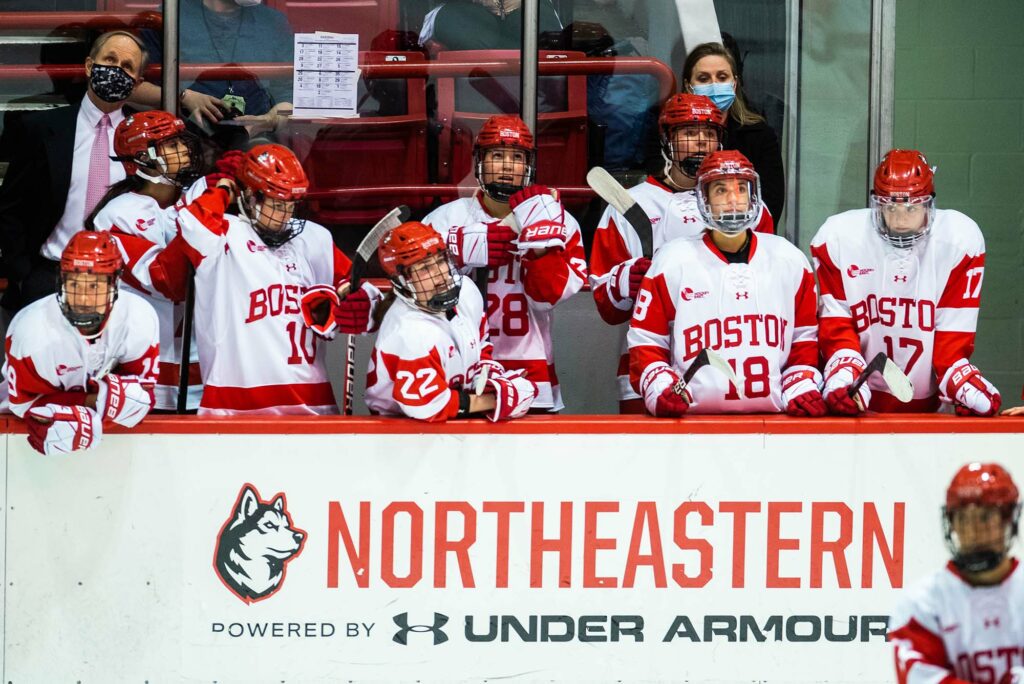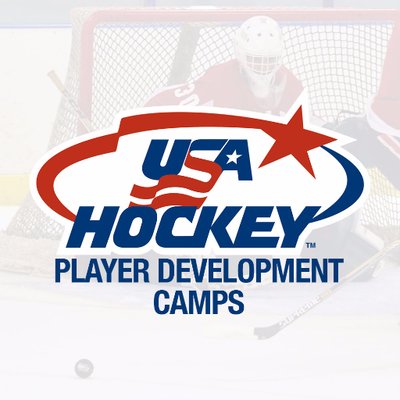
As I mentioned in my previous post about USA Hockey Girls 16/17 Camp, there was a a mix of perspectives on the selections for 18’s camp.
WHAT?
Rather than engage in a subjective discussion on who was selected, I thought it might be helpful to collect some analytical data and metrics to understand how top players performed at the camp.
WHY?
The purpose of this post is not to say who did or did not deserve to be selected to the U18 Camp. Instead, it is to help provide perspective and context to other players and parents the types of metrics that demonstrate the level of play needed to be selected. And ideally, individual players do their own self-analysis to see how they compare.
HOW?
I watched and coded specific attributes for every shift in all 4 games for every player in this analysis using the USA Hockey TV footage. I collected more metrics than are listed below, but I feel that the attributes shown, provide the right amount and level of data to gain an understanding of the level of play for this position. Note: Sometimes the live stream footage didn’t always focus on the area of the ice where the play was taking place, so it is very likely the odd play may have not been accounted for.
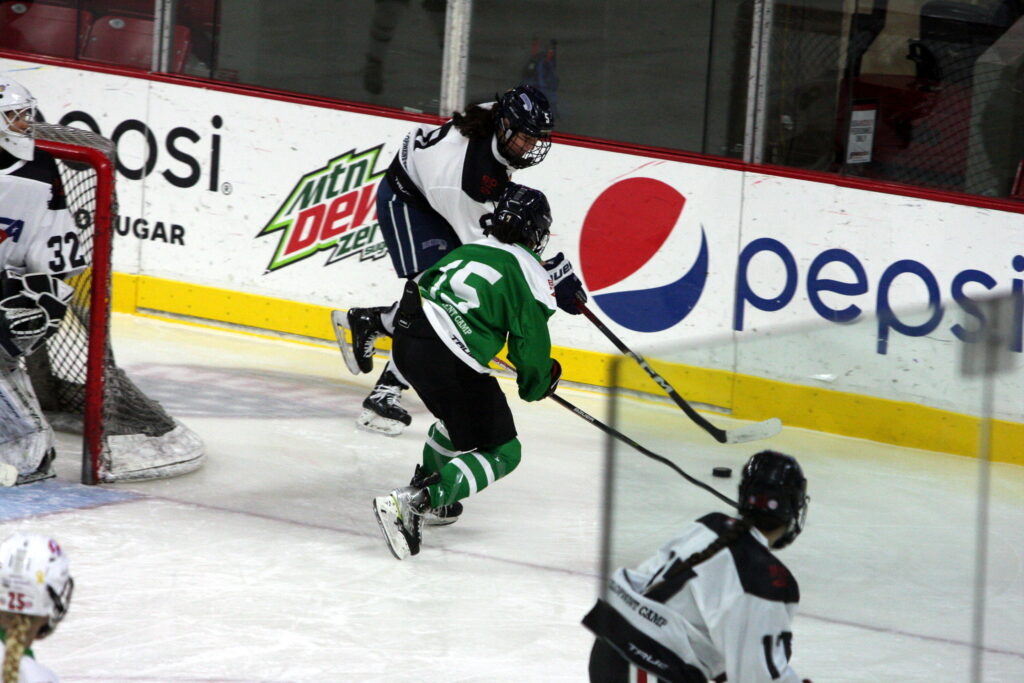
WHO?
Here is the list of the 13 players selected to go to the 18’s camp
For D analysis, I included the 3 players selected plus another ‘top D’ player who was not selected. I am not identifying the names of any players because singling out any individual player is not my objective. However, I can say, that I personally do not know any of the players or their parents that were included in this analysis.
SO WHAT?
Based on my analysis, I don’t have any issues with the D selections since measuring defense is not an exact science. I am sure there were other players for whom there is an argument they could have been selected instead – but the differences are hard to discern in just 4 games and I don’t expect the selection committee to be perfect in only picking players based on their game performance.
All selected players made several really good plays (both offensively and defensively) in their four games – many of which were ‘highlight worthy’. At the same time, these same players made multiple, significant turnovers/mistakes which resulted in high scoring chances for the other team. This goes to show you that none of the D were anywhere close to being perfect. But overall their consistency over 4 games is what you can see in the metrics.
THE ANALYSIS
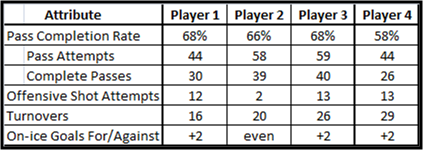
Note: Players 1-3 were selected to go to the U18 Girls Camp – Player 4 was not selected
Some notes on the tracked attributes:
- Offensive Shot Attempts does not mean the shot made it to the net – as mentioned in my previous post, I estimate almost 80% of all point shots were blocked or missed the net.
- Turnover = full change of possession to the other team (e.g. a missed pass, dump in/out, rim or redirected puck)
- I am not including the point stats or PIMs for any player since they can already be found on the USA Hockey website
- Note: With only 4.1 goals per game combined between both teams, all the top players played strong defensively and were not on the ice for many goals. This can be seen in their “On-ice goals for/goals against ratio” (this is different from the traditional +/- stat).
- There were additional attributes I tracked like offensive zone entries and good defensive plays. In addition metrics like pass attempts or turnovers could be segmented further by situation – however, given the outcome based of the measurements presented here, I feel they are a good representation of how each player played.
Finally, yes, I did a similar analysis for my daughter’s games (for her eyes only). And we are using the results to prioritize her summer development plan.
NEXT ANALYSIS
I have already started working analyzing the Forwards who were picked for the U18 Camp. This is a little more complicated since there were 5 forwards selected. I will not be doing goalies, because I don’t feel qualified to do so – and as mentioned previously, from what I’ve been told by goalie experts, there is a huge weight given to one-on-one time spent with an evaluator to judge goalies.

